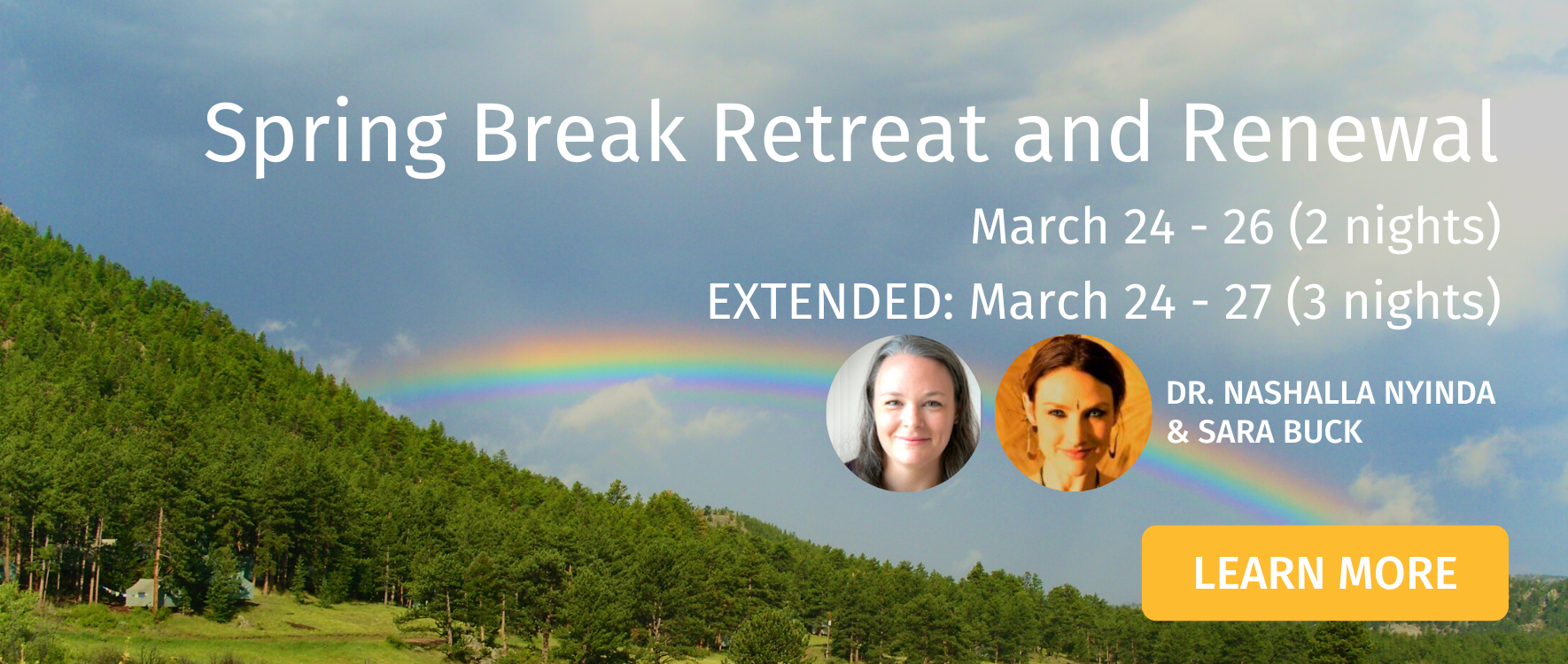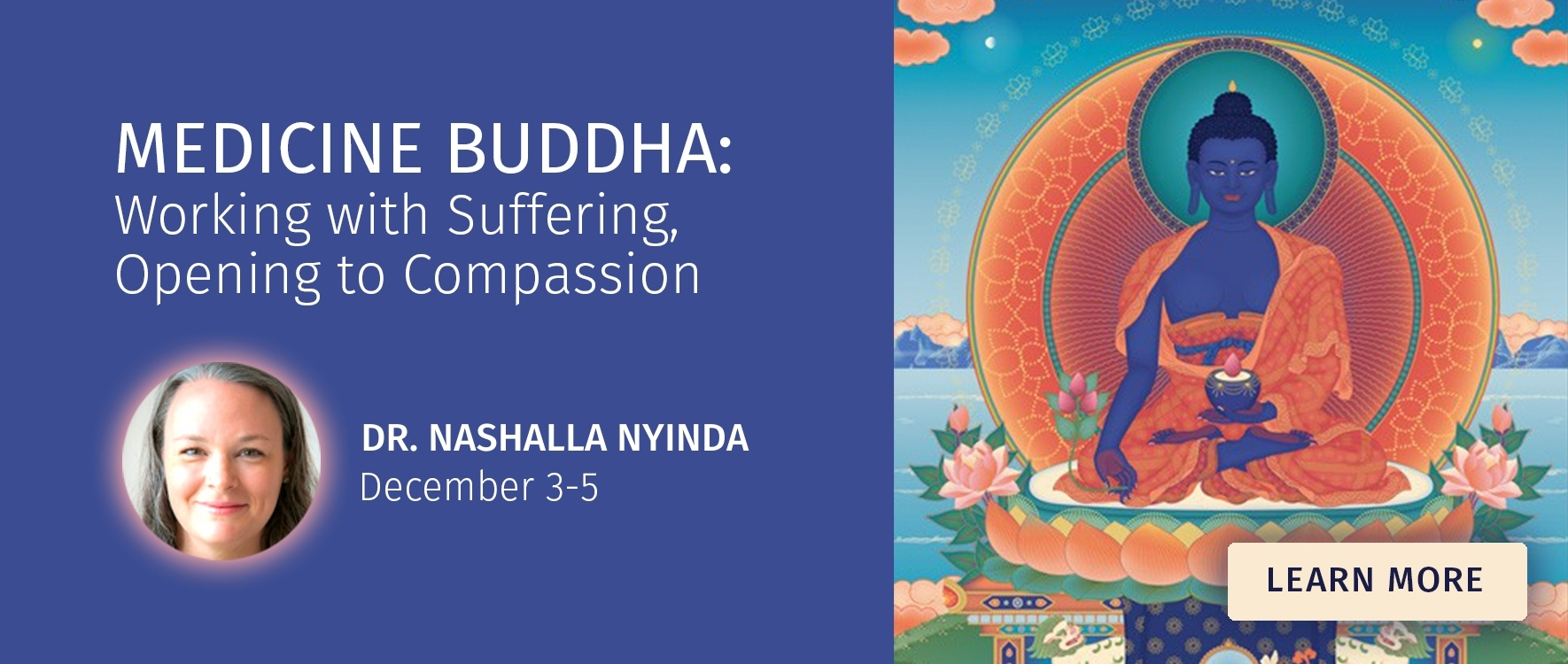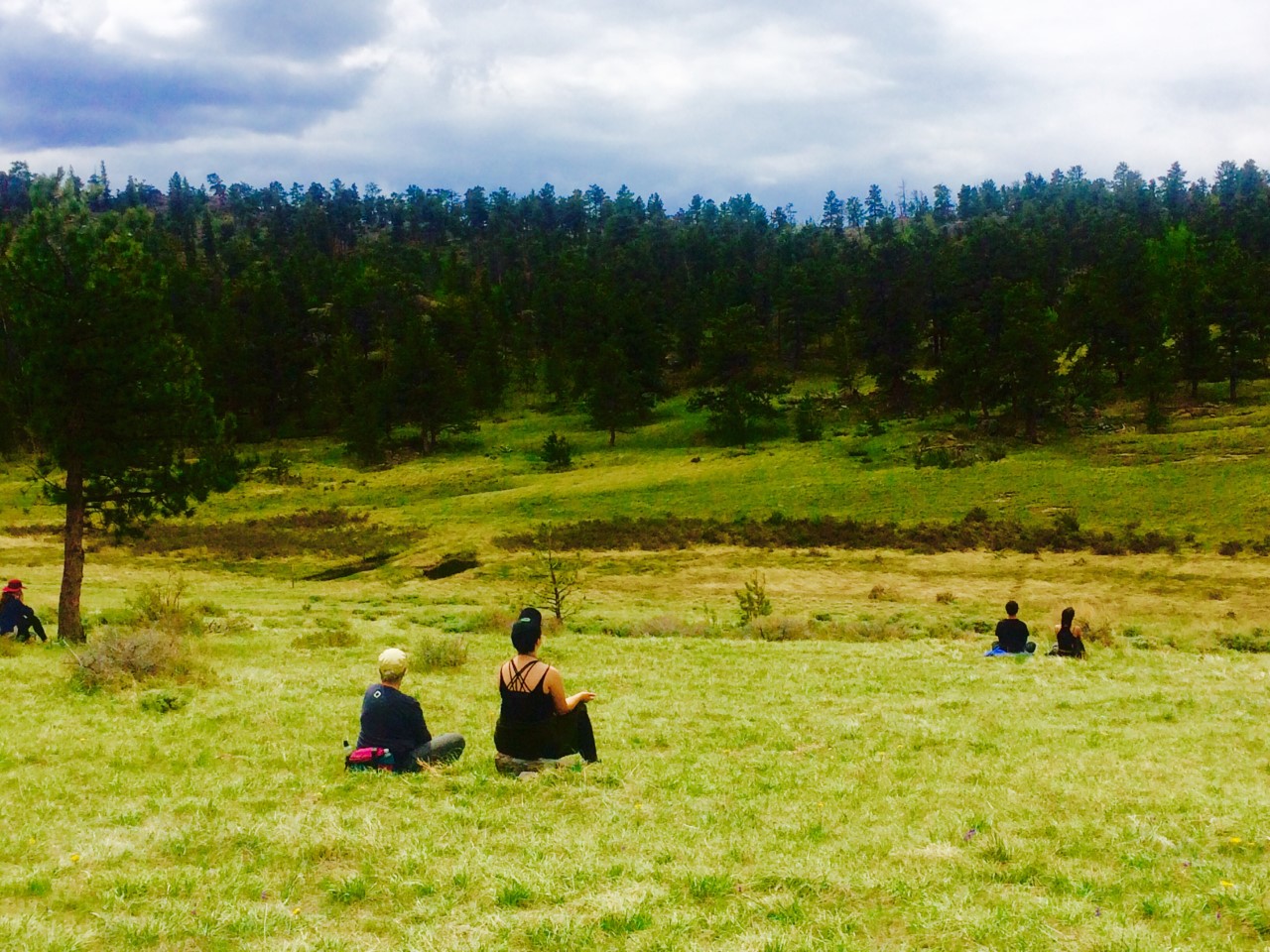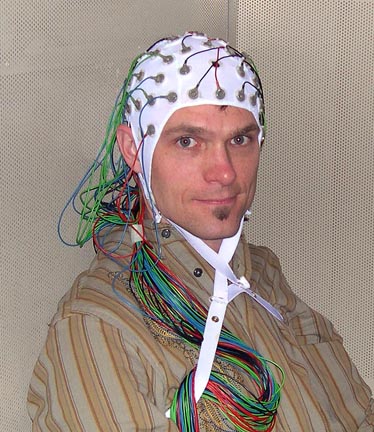Stop, Breathe and Embody…
By Dr. Nashalla Gwyn Nyinda
Tibetan Medicine TMD (Menpa~Amchi), MA Acu. LMT & Acupressure Practitioner
When was the last time you just sat and felt the diaphragm below your ribs expand and contract? Just place your hands there, on your diaphragm. Feel the air come in, invite expansion in a naturally restful way. Notice if you do, that you more easily breath into the tips of your lungs, which are all the way into your shoulders. Simultaneously you might notice how you allow the expansion of oxygen and vital energy of breath to fill your abdomen below. Rest in that breath. Repeat. Have you stopped to consider the benefits of that deep breath?
We do not think about our breath much of the time. It’s run by the autonomic nervous system. Therefore, for the most part our breathing is set on autopilot mode. We do notice it in moments of rest, but more often it is during distress, panic, fear, upset and illness which hampers the breath that we notice. How often do you stop and deeply embody your living breathing habitat of body through your breath?
The breath is itself the healer within.
A gateway to access greater harmony and ease within our nervous system is merely a breath away. This is why it is critical we learn how to self regulate and breathe correctly. Many Tibetan yogic practices, such as Yantra Yoga, Bar rLung and Vase breathing as well as preliminary practices in the 6 Yogas of Naropa are said to instigate healing responses and slow pathology on all levels of the body and subtle energetic channels, when applied correctly. The issue is being ready to practice them with a stable mind so as not to create unnecessary harm. For that, we must learn who we are elementally and how to best practice for our unique makeup.
Tibetan yogic breathing has caught the attention of modern science and is being studied all over the world. Grounded meditative or focused breath clinically shows irrefutable benefit for inflammatory and pain responses, anxiety, insomnia, PTSD and mood disorders.
In particular, science knows that cardiovascular health and the pulmonary systems state of health are deeply intertwined. Both systems are known to respond to the positive effects of deep breathing that exercise alone brings. However, this same understanding has long been known in yogic and tantric development of the body-mind found all along the Himalayan countries practicing Buddhist, Hindu or Taoist body-mind centered practices for centuries.
The symbiotic relationship between breathing and cognitive attention is coming to the forefront of many clinical studies. Many such studies indicate how meditation, including the breathing practices, potentially present viable and useful non-drug methods for improving aspects of mindfulness and cognitive focus and receiving anxiety and inflammation.
Mindfulness based focus is understood to contribute directly to increased alertness and cognitive orientation to the present moment. In a study using the Beck Anxiety Inventory and biofeedback tests for skin conductivity, peripheral blood flow, heart rate, and breathing rate, it was found that eight weeks of mindfulness-based stress reduction produced a greater effect on cognitive attention than one month of intensive attention retreat.
Focused mindfulness meditation is rooted in Buddhist practice and breathing.
In simple meditation, known as Śhamatha, which roughly translates as “calm abiding”; or “tranquility” meditation, the focus is on mindfulness, or concentration in one’s meditation. Some view this as very preliminary, and yet teachings I have received from my root teacher the Venerable Khenchen Thrangu Rinpoche have been that the best medicine for anxiety and over-excitability of rLung or wind is Śhamatha. Further teachings given to me by Venerable Tulku Damcho Rinpoche have explained how calm abiding meditation is not just an important introductory practice leading to the practice of Vipaśyanā, or insight meditation. Rather it is a complete Dzogchen practice in its own right. The primary purpose of Śhamatha meditation is to stabilize the mind by cultivating a steady awareness of the object of meditation. This focus gradually dissolves the dualism we carry between ourselves and the natural phenomena around us. The gateway to this is the breath.
When I teach Śhamatha, I do so in a very ancient long held tradition of focused attention in placing the mind, so that stability can permeate. Basic awareness of ones breathing often becomes a preliminary object of support in early mediation, until stabilization becomes quite natural. This is what the world is saying when they say, “mindfulness” — you are literally being mindful of where your mind resides in the body you happen to be inhabiting in this present moment.
The benefits of stabilizing the mind far exceed basic relaxation, mood balancing and reduction in anxiety.
Studies on mindfulness based mediation where breathing was a part of the equation, demonstrate reduction in variability of attention processing and improvement of performance in attention to tasks. This was all within three months of concentrated attention meditation practice. Studies also show simultaneous cognitive and emotional enhancement with brief mental training will increase a sustained attention span, while reducing fatigue and anxiety. 1
In the on-slot of East Asian and tantric practices increased popularity in Western societies, more people are not only noting the benefits of these body-centered approaches on their stress and general health. Evidence is providing irrefutable benefits such breathing practices provide well beyond the simple stretching or movement exercises that accompany such practices.
The breath follows the energy. The energy follows the breath.
In Chinese Medicine it is said the “Vital Qi” (vital energy) of the heavens is pulled into the lungs where it can transform into mist and invigorate the body with its life force circulating as Qi. In Tibetan Medicine, we know that the practitioners whom were in extended or lifetime retreats were not just sitting in mediation, reciting mantras and visualizing. To progress along the path of transforming the body and mind required also opening subtle body channels through purification practices. To aid this movement and breathing was accompanied by visualizations. The “Winds and the Drops” as they are known in the Tibetan Buddhist tradition, are held and circulated by the rLung (wind) energy. We have multiple kinds of winds that move, or are stationed in primary locations in the body. All have physiological functions to maintain health and homeostasis. Yet, if unregulated, these winds can increase, decrease or act in reverse of their normal function causing harm. Our breath is a force one can harness to purify and unblock subtle and gross channels to help ease and assist our mediation practices. In Ayurvedic approaches the “Prana” (life force) regulates all one’s cellular functions. Conscious and unconscious bodily functions such as blood flow, breathing, digestion and elimination and all we know our autonomic nervous system regulates, are tied into breathing and the tenth cranial nerve.
The profound increase in people suffering from insomnia or using continuous positive airway pressure (CPAP) machines is another indicator we are neither resting, nor breathing well. Data indicated that nearly one out of five adults may have at least mild symptoms of sleep apnea. This means around 22 million people in the USA may suffer from some form of sleep apnea. Central sleep apnea occurs because your brain doesn’t send proper signals to the muscles that control your breathing. This condition is different from obstructive sleep apnea (OSA), which is the majority of cases. The latter is where one can’t breathe normally due to upper airway obstruction. While obstructive sleep apnea is structural, central sleep apnea can sometimes be modified with habitual breath training. Obstructive apnea can also sometimes be improved in some people through mindfulness practices.
In both disorders, breathing is interrupted during the sleep cycle and people wake up tired and sometimes anxious. Such interrupted breathing can potentially occur hundreds of times in a single night, leading to a lack of oxygen, increasing the risk for high blood pressure, heart disease, stroke, diabetes and a host of other health concerns. Studies have investigated the connections to impaired attention/alertness associated with respiratory dysfunction, in both dementia and impaired breathing during sleep cycles in individuals of all ages.
The breath as an object of support.
In the Tibetan Buddhist system of basic meditation, we often use the breath as an object of support. To train and settle, or place the mind, we can use breath so the mind does not go on a rampage through the streets of past, present and future while we are sitting on our mediation cushion.
For both beginner and the advanced meditation practitioner, the breath is a key witness in waking up the body-mind connection to the present moment without bias. To have a non-bias placement of the present moment requires we first get to know where we may fall off the ledge. This is critical to bring that wandering mind back with an abject of support, which we can easily rely on without being fixated in an obsessed way. Returning the breath over and over can train our roaming mind and bring us back again and again, softly, but firmly. This is why it has been used for thousands of years in almost every system of meditative practice across multiple disciplines and cultures.
In a 2021 study on deep breathing and relaxations effect on the reduction of anxiety, in comparison to conventional therapies, multiple sources of published literature were analyzed. Deep breathing relaxation was found not only as effective in reducing symptoms of anxiety as standard medical approaches, but advantageous over conventional therapies currently in use. Non-pharmacological approach minimizes side effects and addictive medications, therefore increases patient safety. Ease for learning and practice of deep breathing techniques was also considered an asset versus allopathic medicine methods. 2
“Deep breathing is a basic procedure during meditation practice in individuals involved in yoga and traditional martial arts such as tai chi. Recently, systematic reviews have reported that mind-body exercises (yoga / tai chi) can reduce stress in individuals under high stress or negative emotions by modulating sympathetic-vagal balance (Ma et al., 2017, p. 874). It shows that deep breathing increases the antioxidant activity of athletes and reduces the oxidative stress after exercise. Deep breathing may become a non-drug treatment for patients with stress disorders and chronic respiratory diseases. Although many studies have investigated the efficacy of breathing exercises in the treatment of chronic obstructive pulmonary disease (COPD), asthma, postoperative lung function, and cardiopulmonary function in patients after Fontan surgery, deep breathing is effective for other disorders, e.g. cancer, heart failure, and anxiety, remains to be seen, further researched (Hamasaki, 2020, p. 65).” 3
All over the body and through our innate body intelligence found within the nervous system, we have access to relief from anxiety, insomnia and even inflammation. We can also add in points and locations on the body, which through touch, movement and awareness of breath can further aid releasing held tension, blockages, fear, trauma and cognitive impairments. The way and how you breathe is as unique as you are. The type, duration and speed of breathing exercises matters based on your own bodies elemental makeup and habitual tendencies.
Join Dr. Nashalla Nyinda in 2023!
About the Author

1 Chen YF, Huang XY, Chien CH, Cheng JF. The Effectiveness of Diaphragmatic Breathing Relaxation Training for Reducing Anxiety. Perspect Psychiatr Care. 2017 Oct;53(4):329-336. doi: 10.1111/ppc.12184. Epub 2016 Aug 23. PMID: 27553981.
2 Sajidah, H., Khairunnisa, S., & Nabila, C. (2021). The Effect Of Relaxing A Deep Breath On Anxiety Levels. KESANS : International Journal of Health and Science, 1(2), 88–95. https://doi.org/10.54543/KESANS.V1I2.15
3 Hamasaki H. Effects of Diaphragmatic Breathing on Health: A Narrative Review. Medicines (Basel). 2020 Oct 15;7(10):65. doi: 10.3390/medicines7100065. PMID: 33076360; PMCID: PMC7602530.






